Food isn’t just something we eat to keep going—it’s a symphony of flavors, textures, and nutrients working together. Think of every meal as a chance to create harmony on your plate. When we master the art of combining ingredients thoughtfully, we not only elevate the taste but also help our bodies digest and absorb nutrients more efficiently. Blending the science of nutrition with the creativity of cooking, food pairing becomes a delicious dance of health and flavor. Let’s explore how the right combinations can transform your meals into something truly exceptional.
The Foundations of Food Combinations
The way our bodies digest and assimilate nutrients is determined by the combination of meals we eat. When matching ingredients, several crucial elements come into play:
- Digestive Enzymes: Different enzymes are needed for different foods to be properly digested. For example, distinct enzymes are required by proteins, lipids, and carbohydrates, and the digestion process may occasionally be hampered by inappropriate combination.
- pH Balance: The natural pH levels of some foods either promote or inhibit the activity of digestive enzymes. Pairing foods with similar pH levels can enhance digestion, while combining contrasting pH foods may lead to slower digestion or nutrient malabsorption.
- Nutrient Synergy: Certain vitamins and minerals work better together. For example, vitamin C-rich fruits can boost the absorption of iron when eaten with plant-based meals. Understanding these synergies can turn a simple meal into a nutrient powerhouse.
Principles of Combining Ingredients for Better Taste
Enhancing flavor with thoughtful food combinations is as much an art as it is a science. Consider the following tips to enhance your culinary creativity:
-
Contrast and Complement:
- Contrast: Pairing opposing flavors, like sweet with salty or bitter with umami, creates a balanced and dynamic taste experience. For instance, try a salad with bitter greens complemented by a sweet fruit dressing.
- Complement: Enhance similar flavors to amplify their impact. Fresh basil pairs beautifully with tomato dishes, while garlic enriches buttery sauces.
-
Texture Balance:
- Strive to combine crunchy, smooth, and chewy textures in a dish. A variety of textures not only enhances the eating experience but also makes the meal more enjoyable.
-
Building Flavors:
- Begin with a foundational flavor and gradually add complexity using herbs, spices, and condiments. Toasting spices or sautéing garlic can release rich, aromatic notes that serve as the base for many delicious recipes.
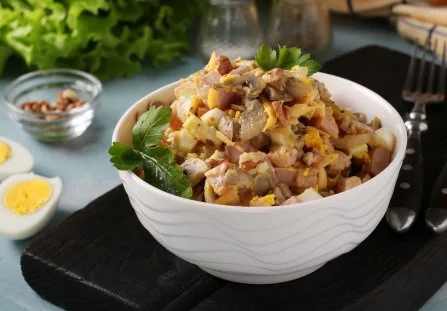
By understanding how the digestive system works, you can create meals that are both flavorful and easy to digest. Here are some helpful suggestions:
-
Avoid Combining Heavy Proteins and Carbohydrates:
- Consuming large amounts of protein (like meat) with heavy carbohydrates (like pasta) may slow digestion for some individuals. Instead, try pairing proteins with non-starchy vegetables for a lighter meal.
-
Be Mindful of Fats:
- Fats are essential for nutrient absorption and flavor, but excessive amounts can hinder digestion. Opt for healthy fats like olive oil or avocado in moderation.
-
Incorporate Fermented Foods:
- Foods like yogurt, sauerkraut, and kimchi are rich in probiotics, which support digestion and promote a healthy gut microbiome.
-
Combine Raw and Cooked Foods:
- Mixing raw and cooked ingredients can be advantageous. For instance, pairing fresh salads with lightly steamed vegetables offers both easily digestible elements and a nutrient boost.
Final Thoughts
Food combining is a dynamic field that combines scientific biochemical principles with creative culinary techniques. By understanding which ingredients complement each other in terms of flavor, texture, and digestibility, you can create dishes that not only taste delicious but also promote optimal digestive health. Experiment with the ideas above, and over time, you will develop an instinct for combining ingredients that turn each meal into a feast of both nutrition and taste.

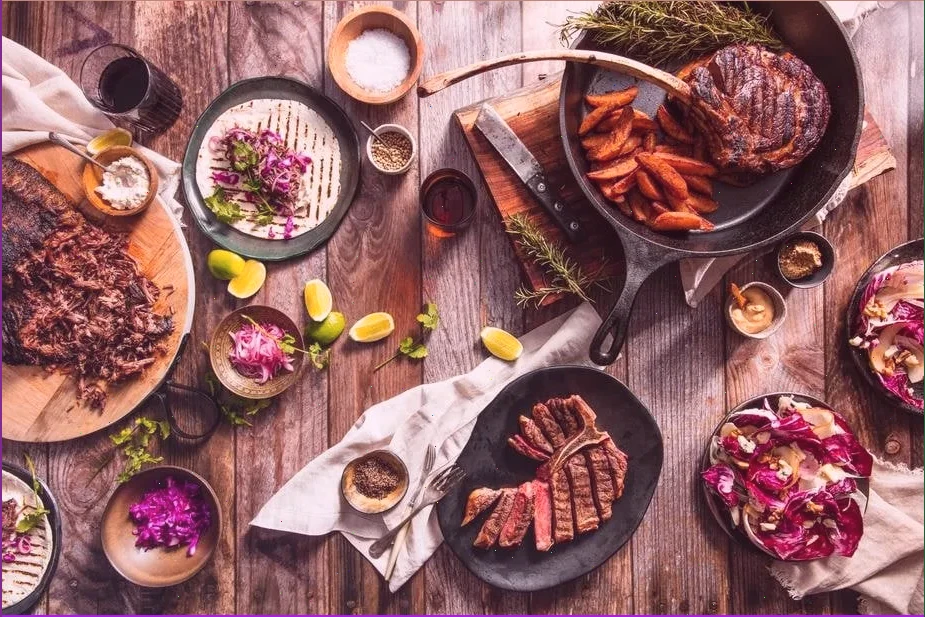


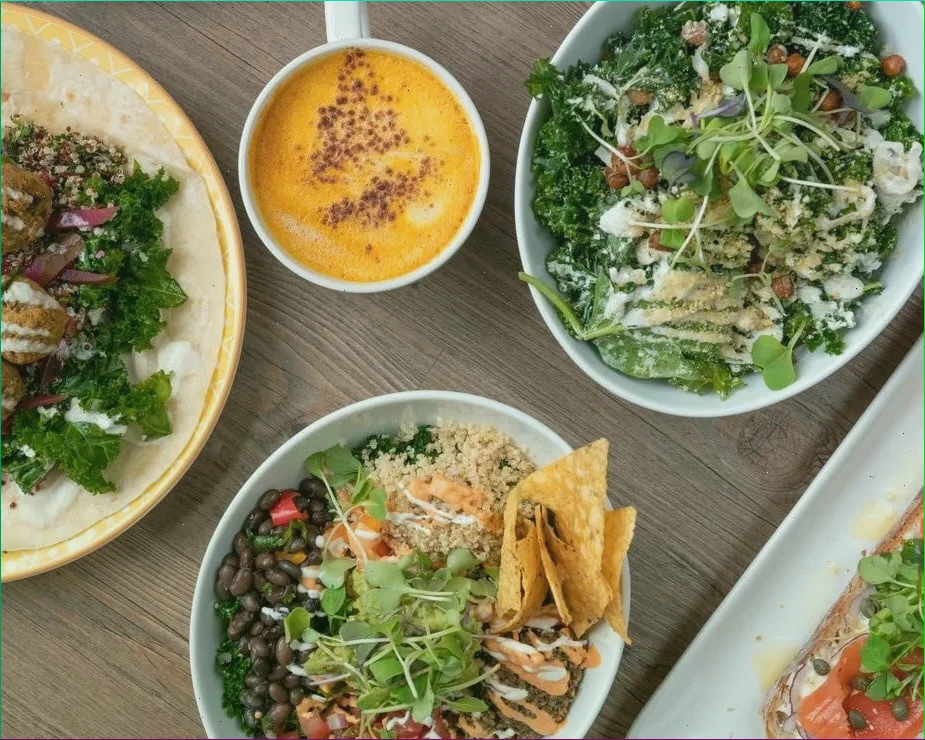
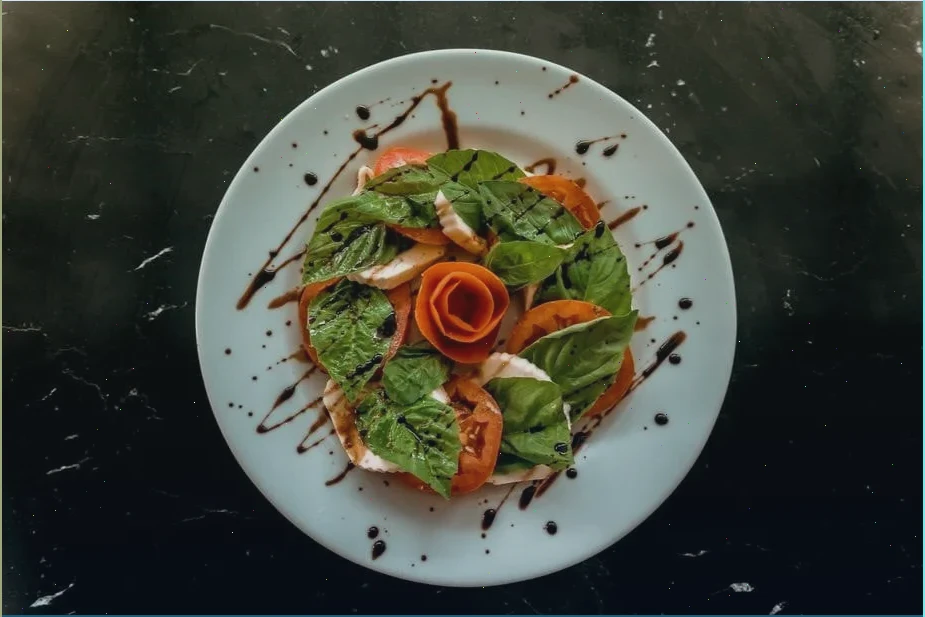
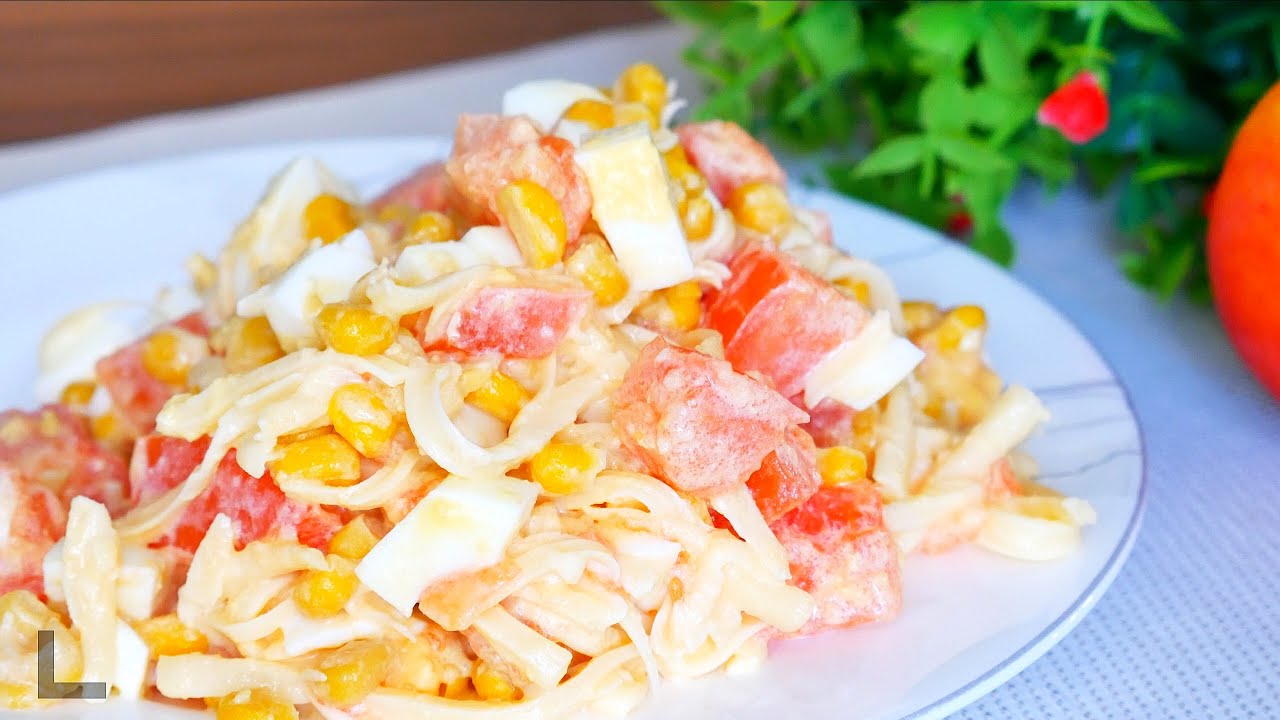




Top Comments
Magdalena Grey
Thank you, I found the answer to my question thanks to you!}
Leon Jackson
Can't wait for the next post, it's always interesting to read your posts.
Zoe Currie
Very interesting and informative. Thank you for the useful information.